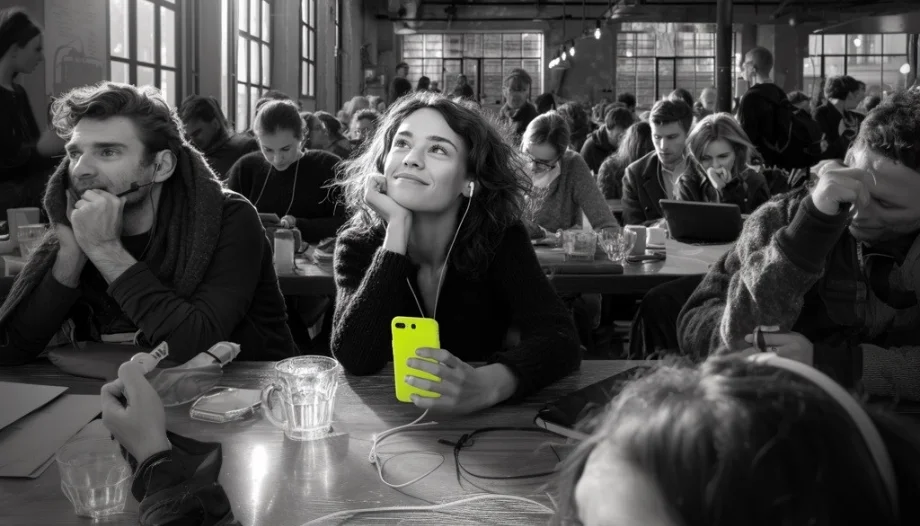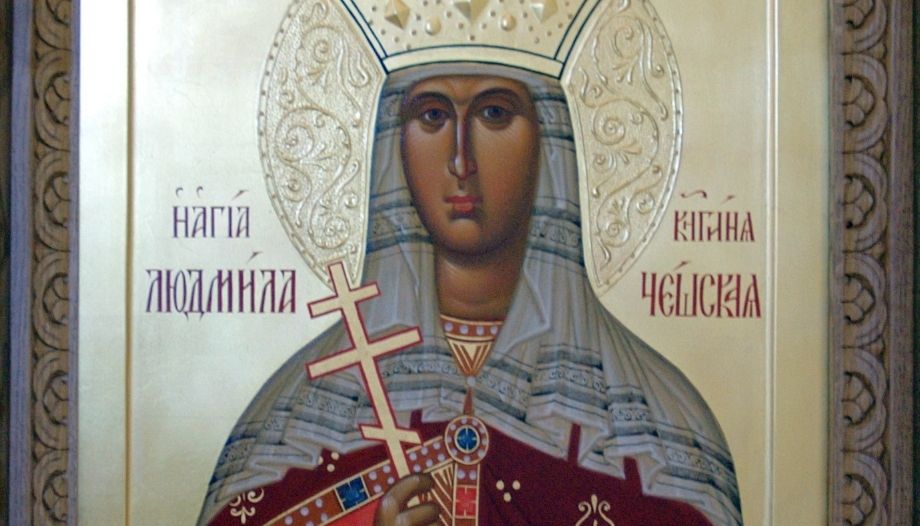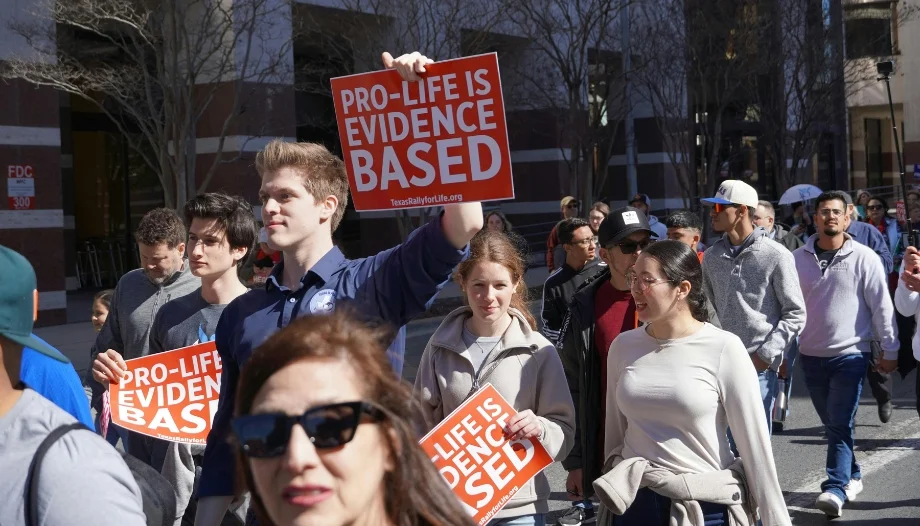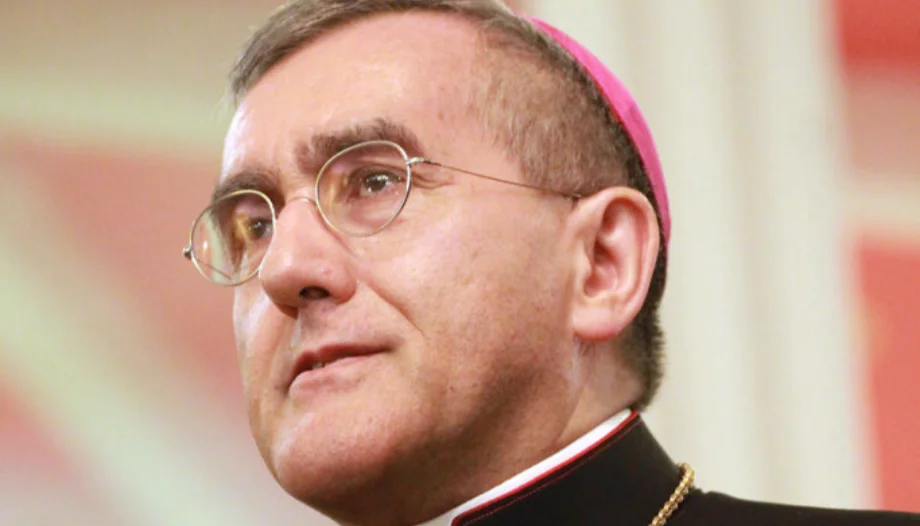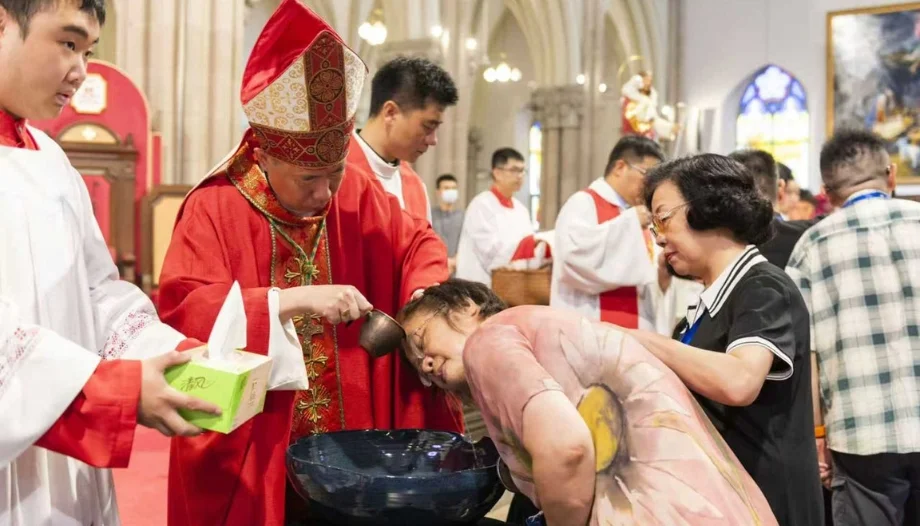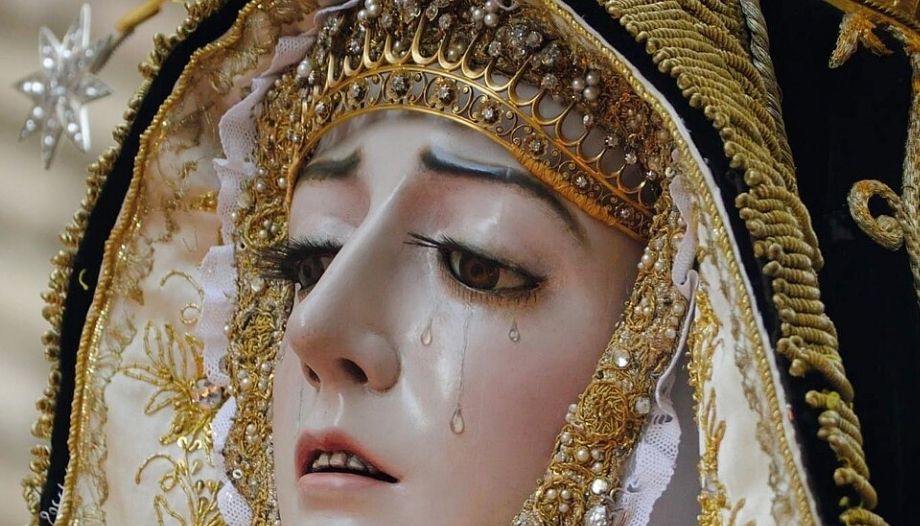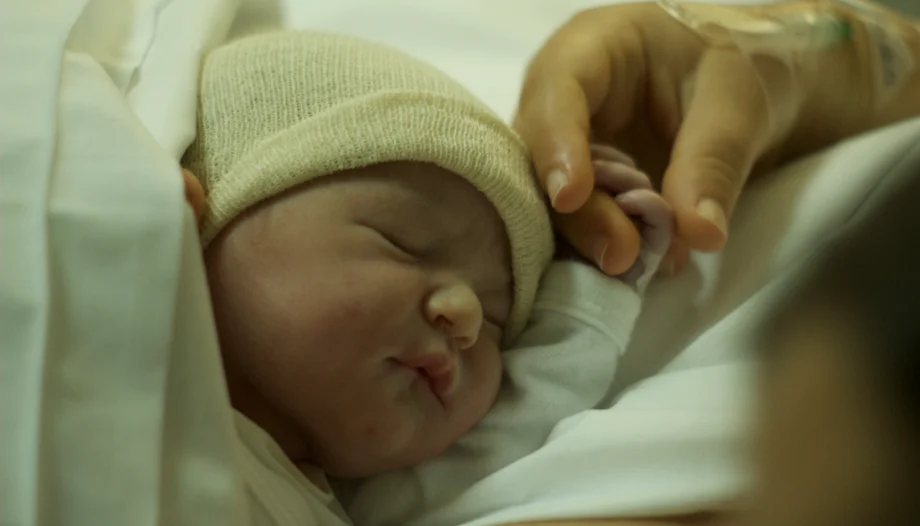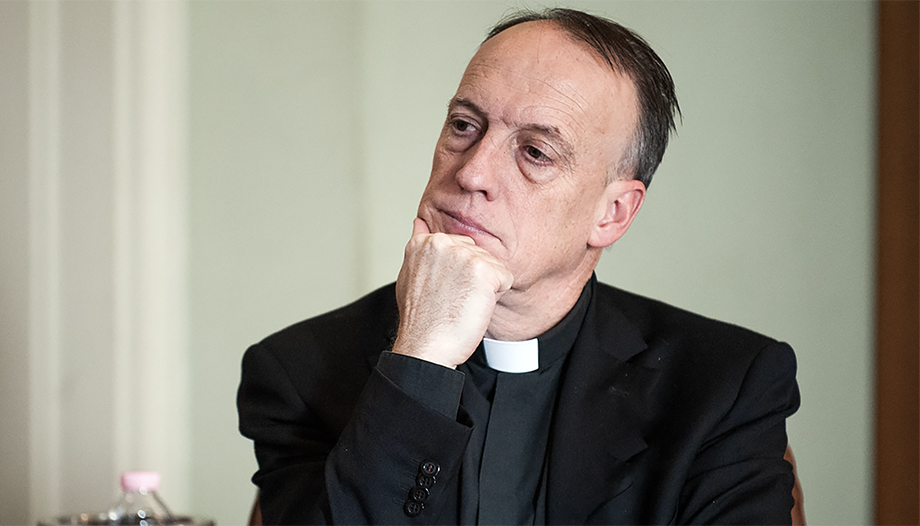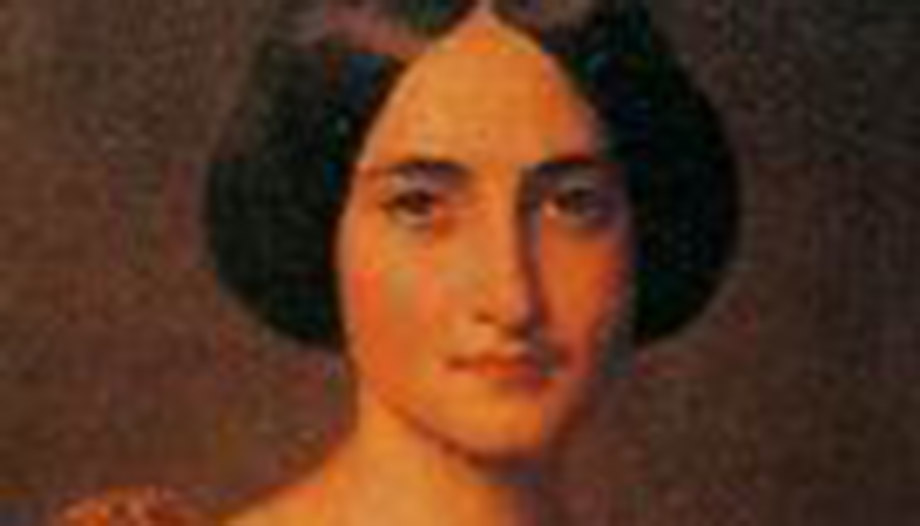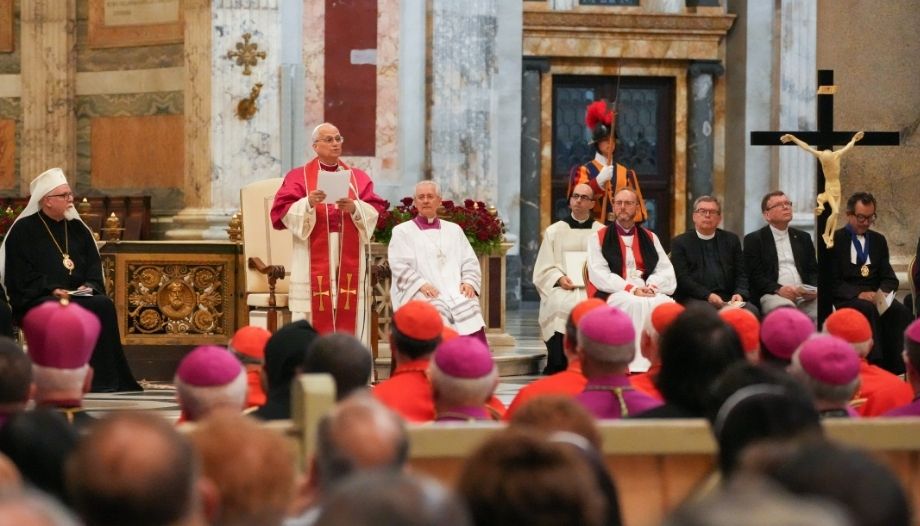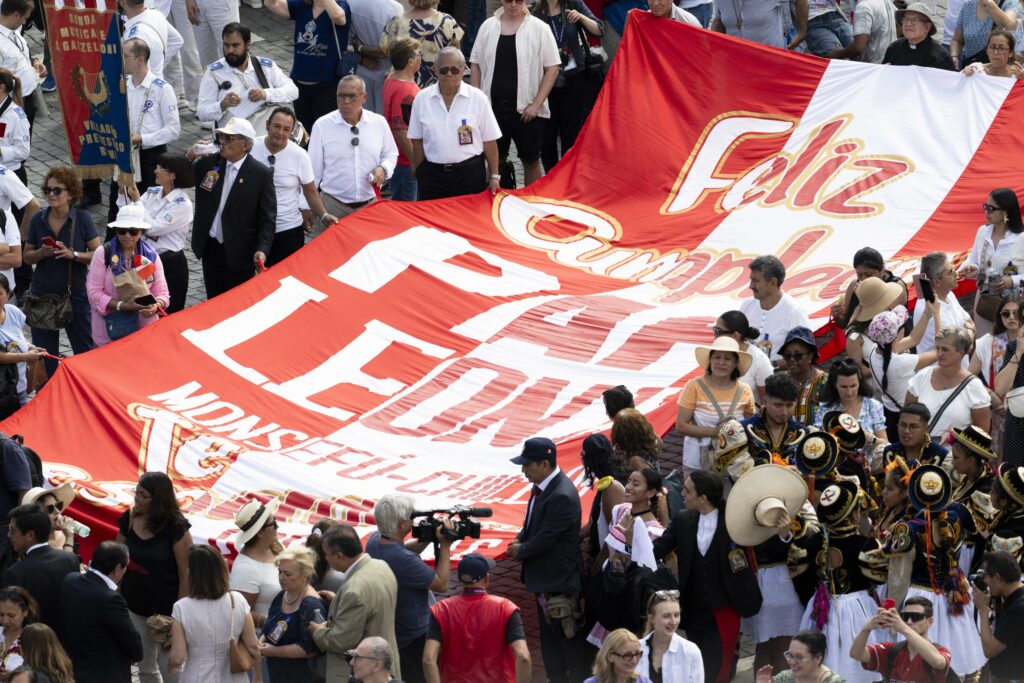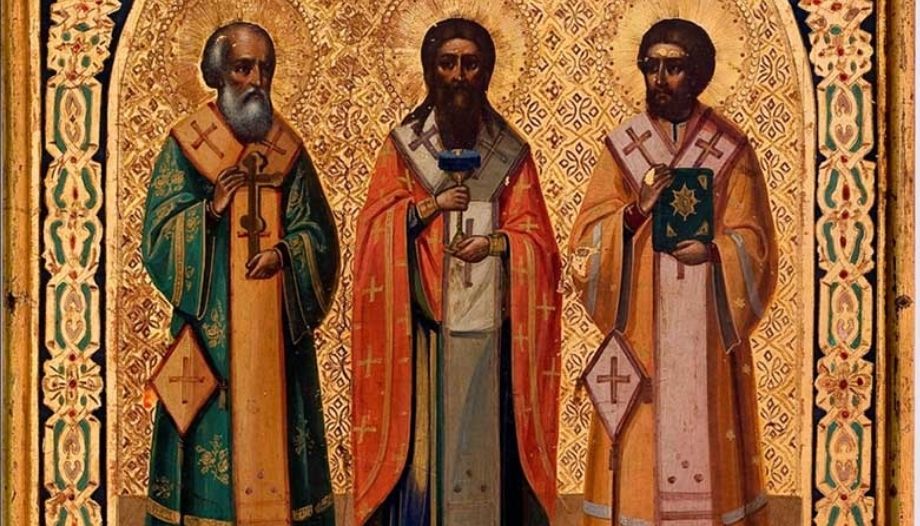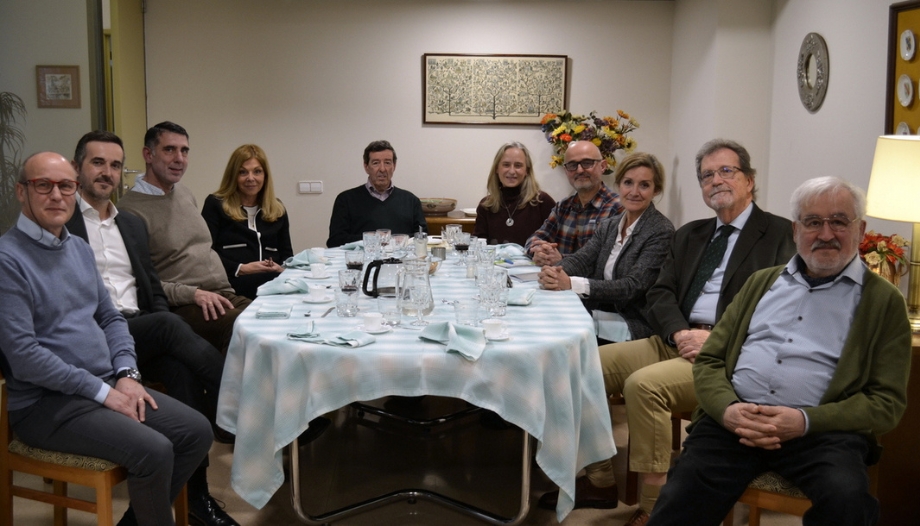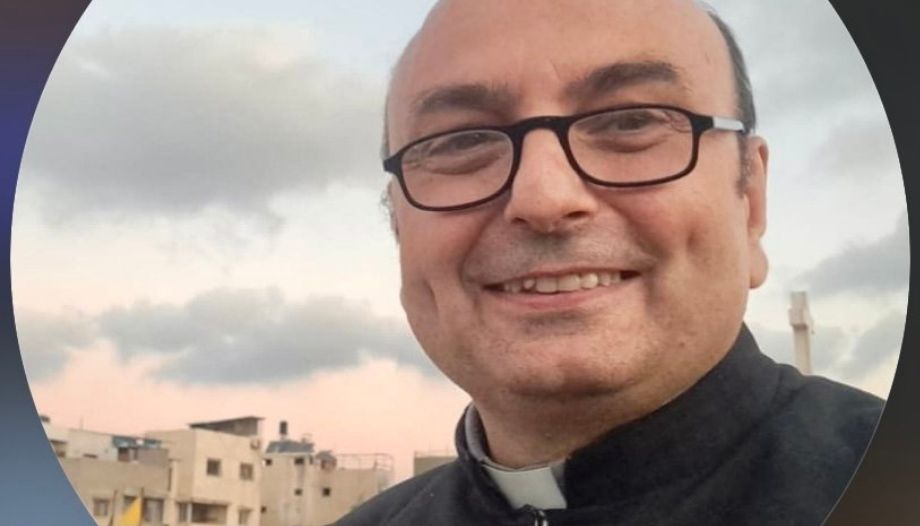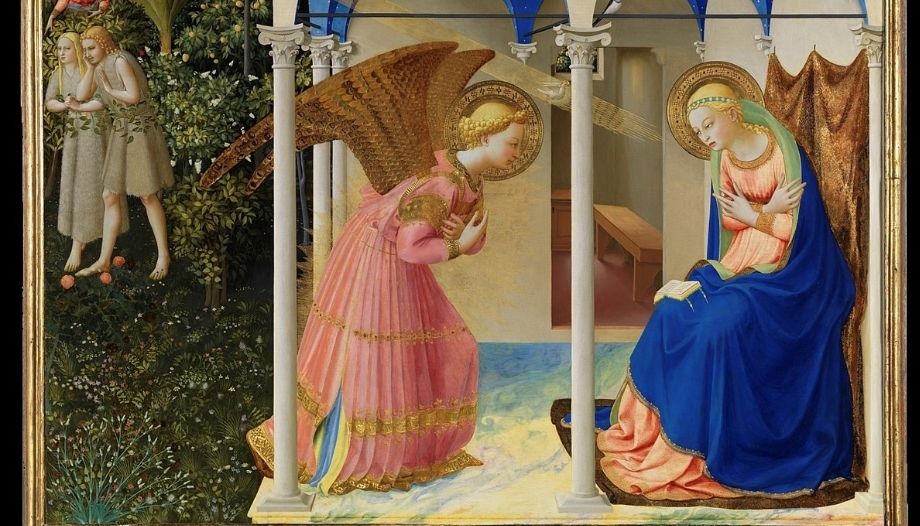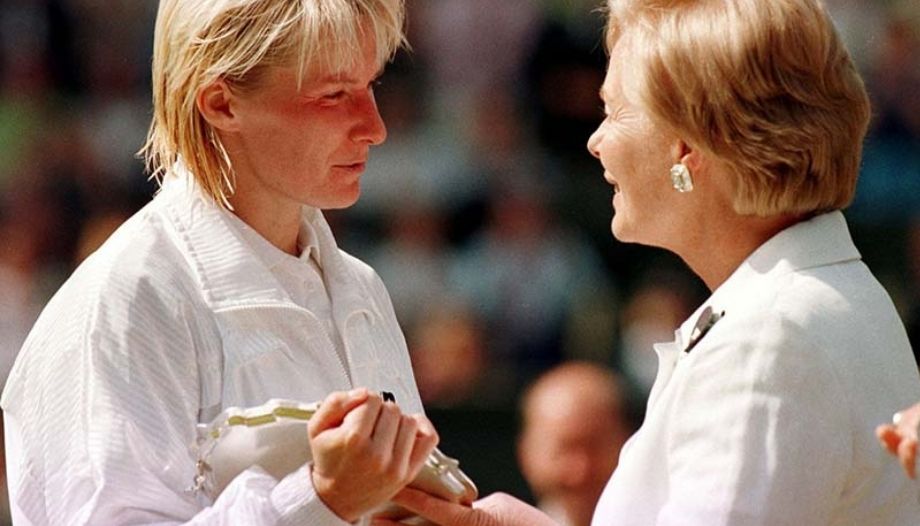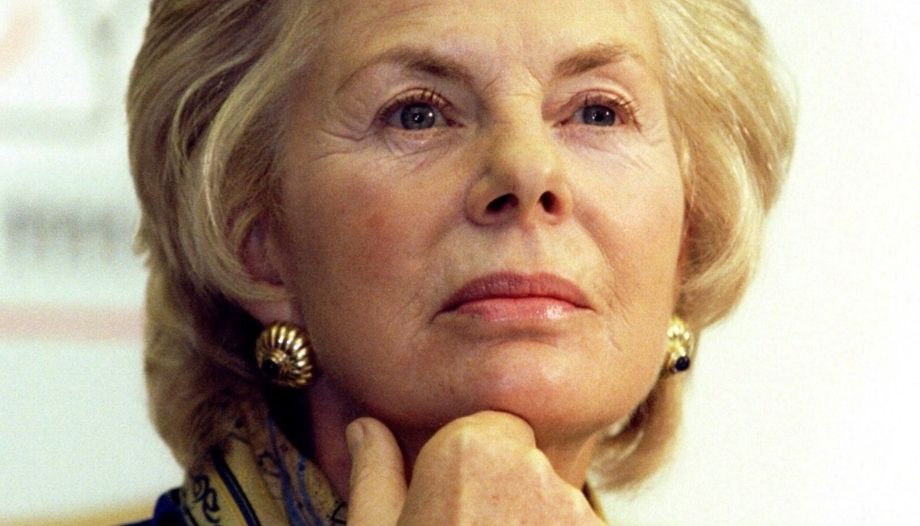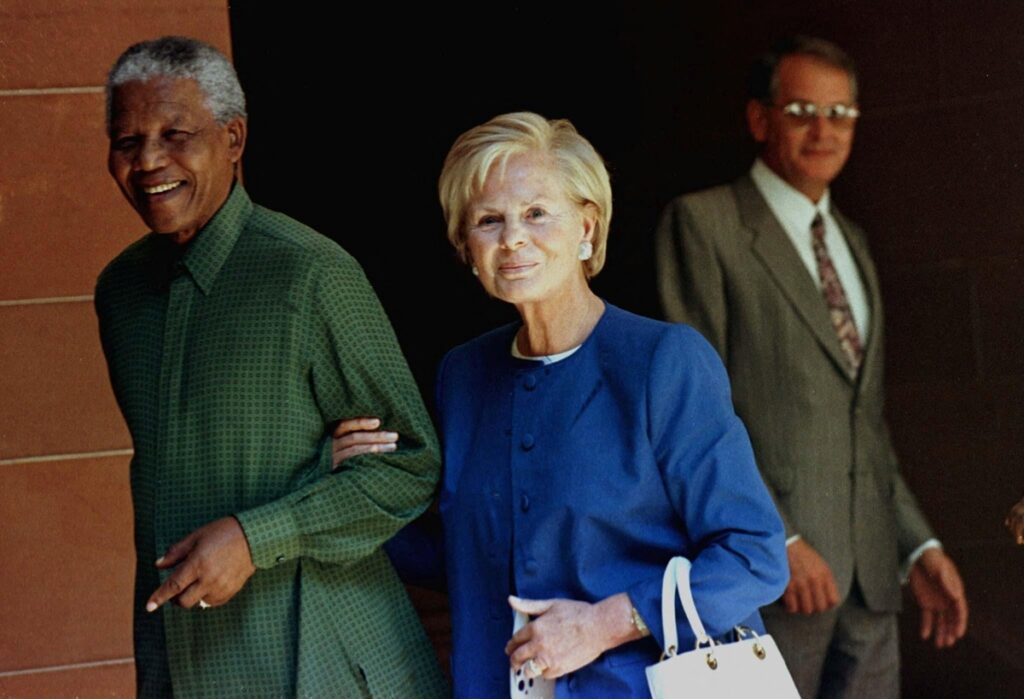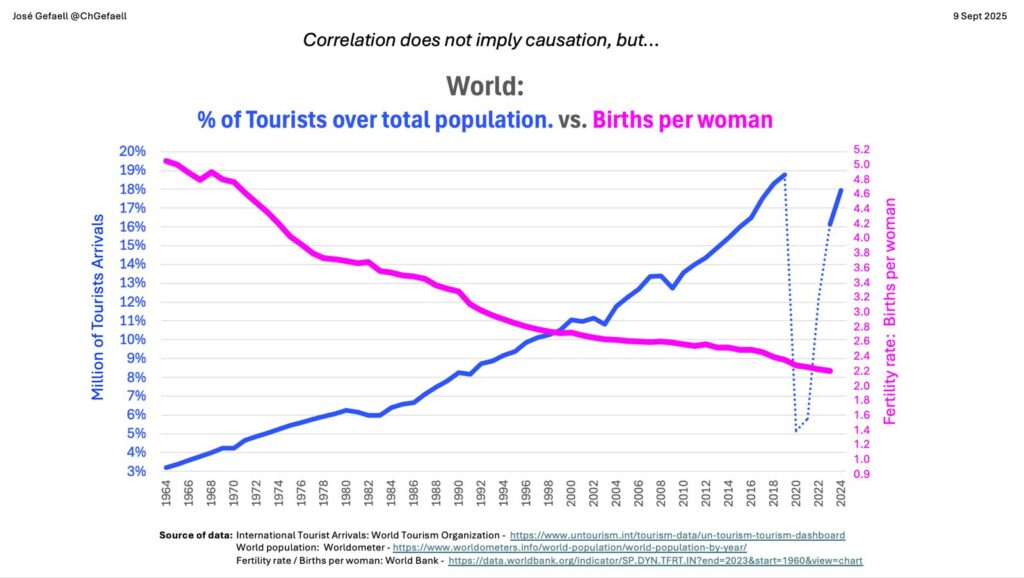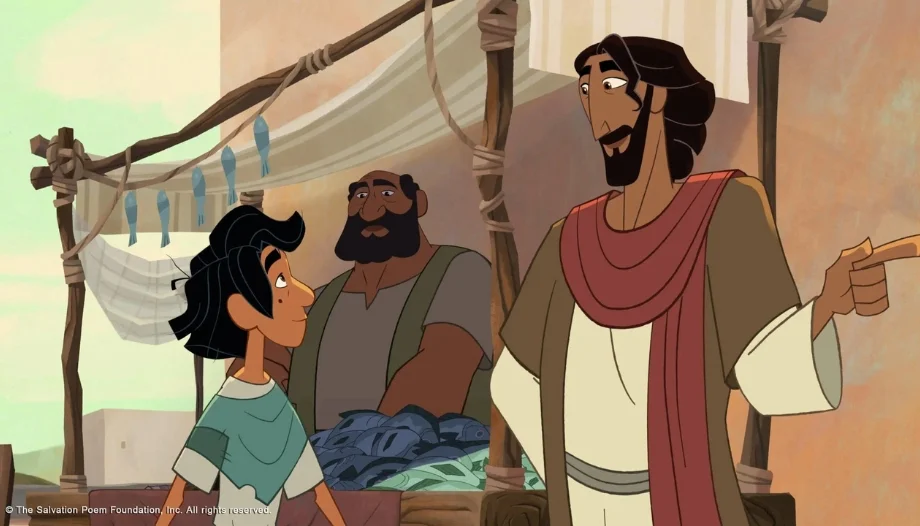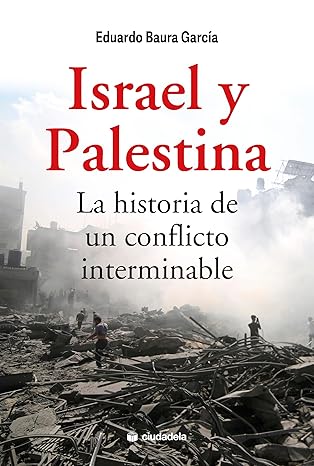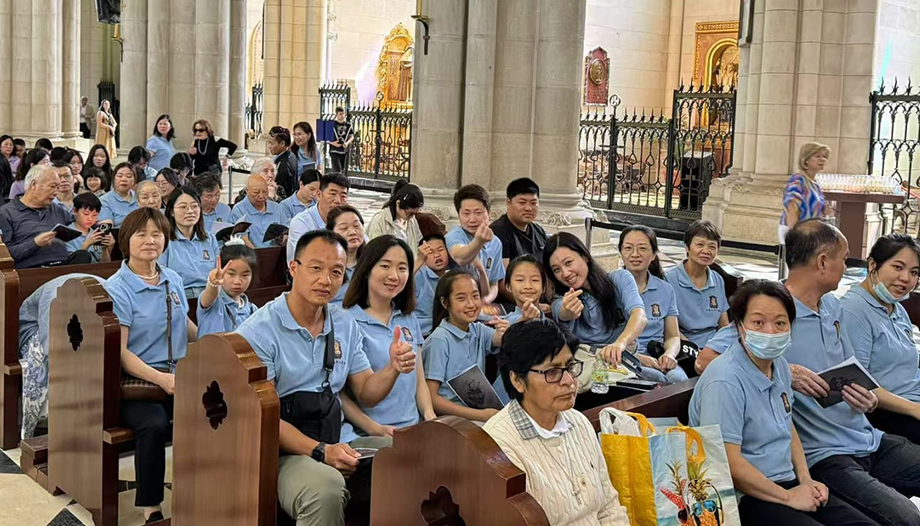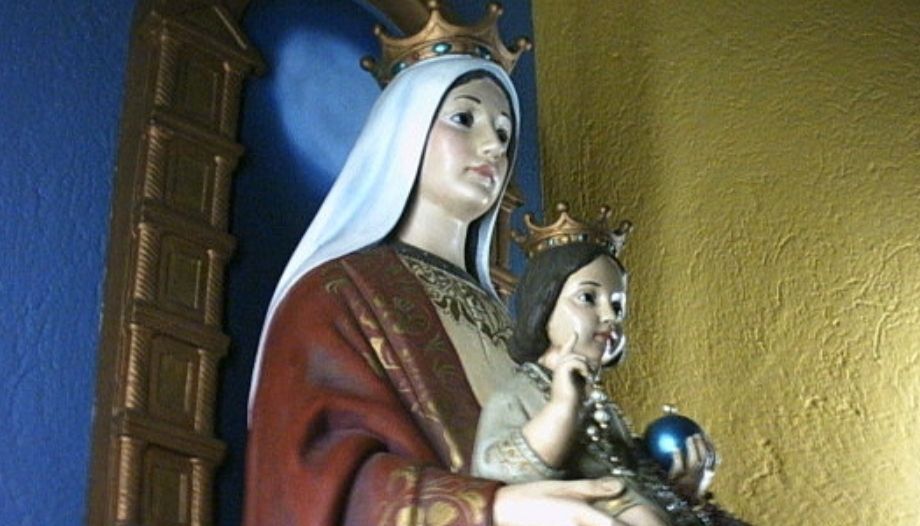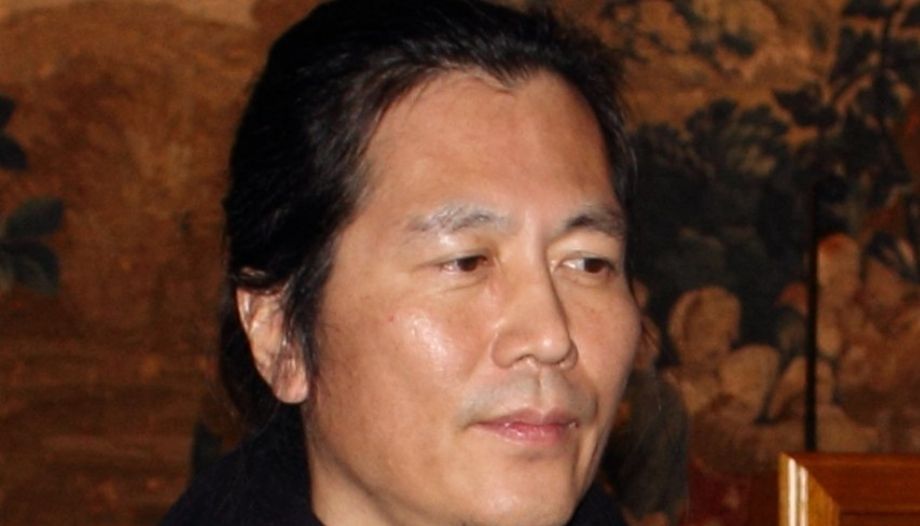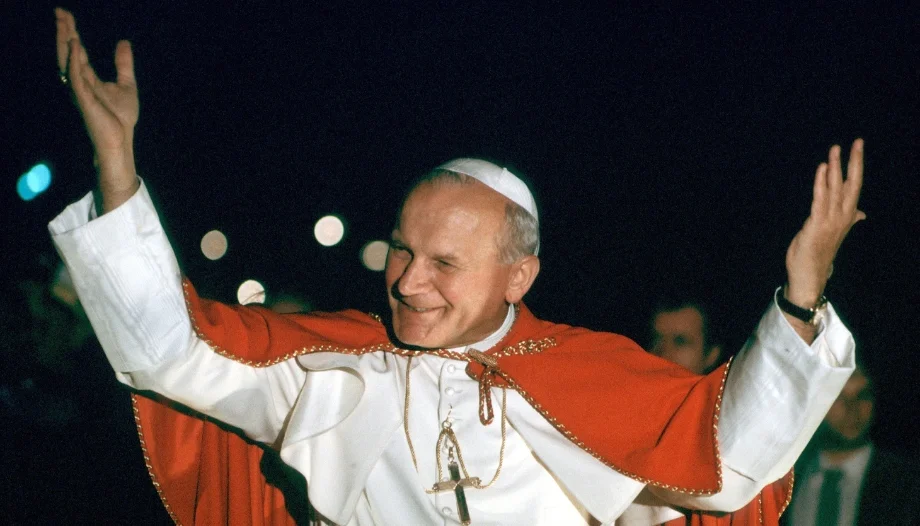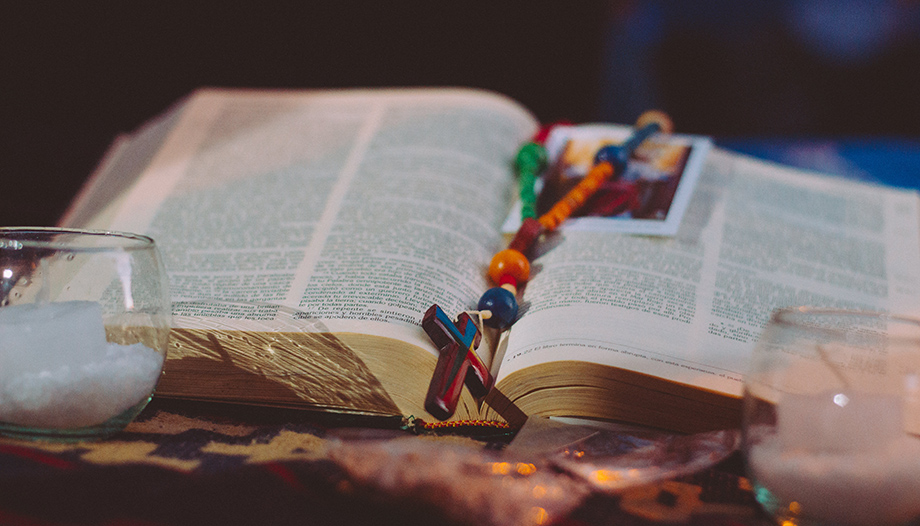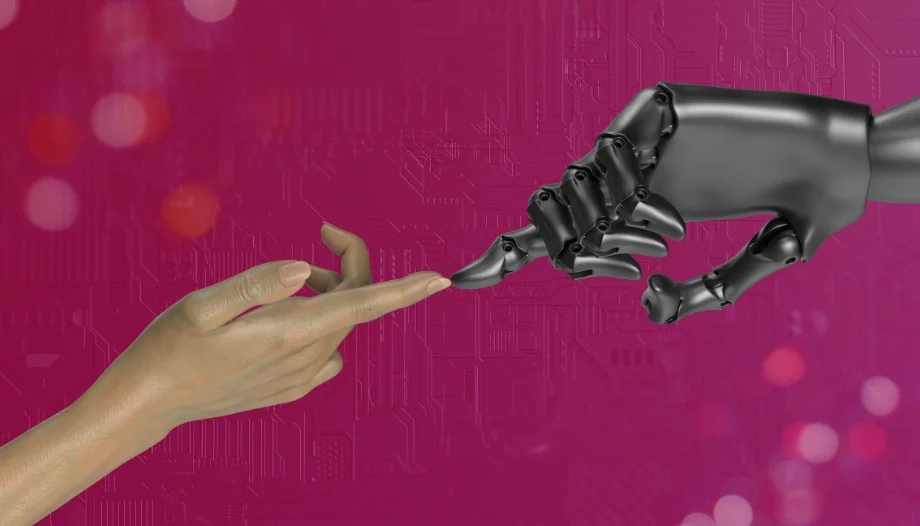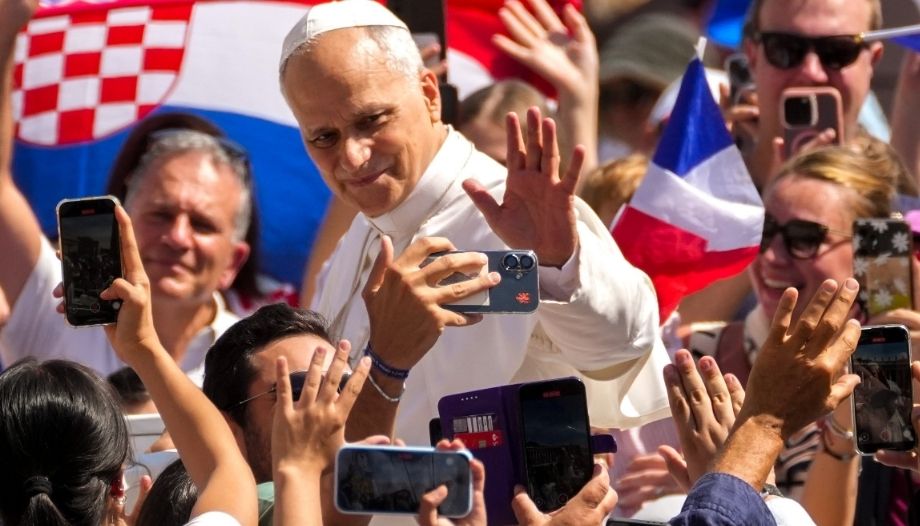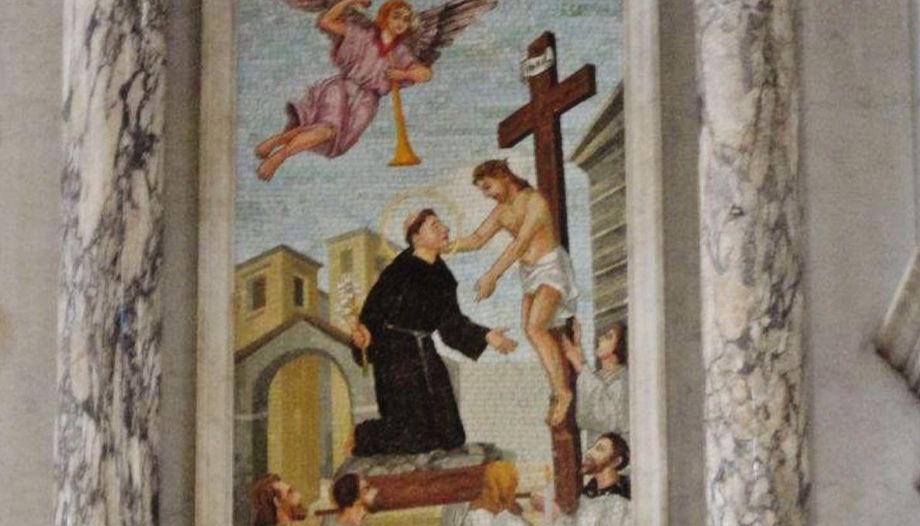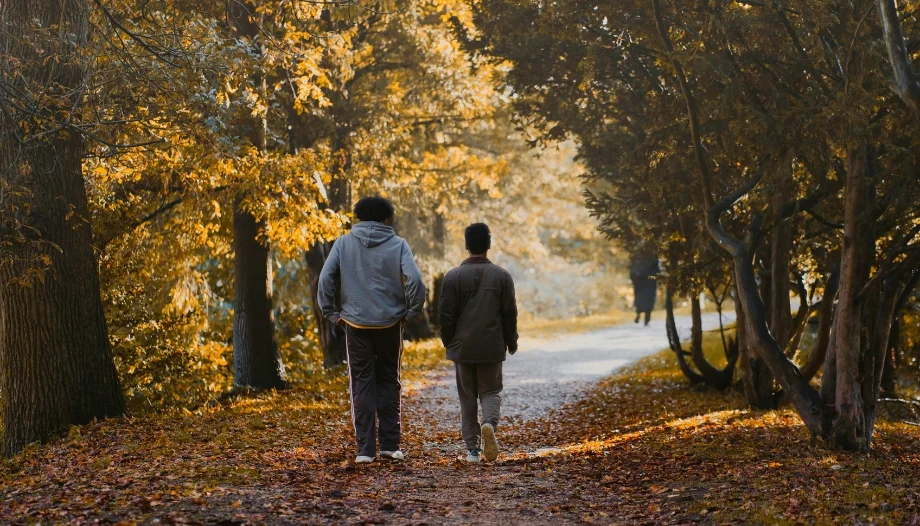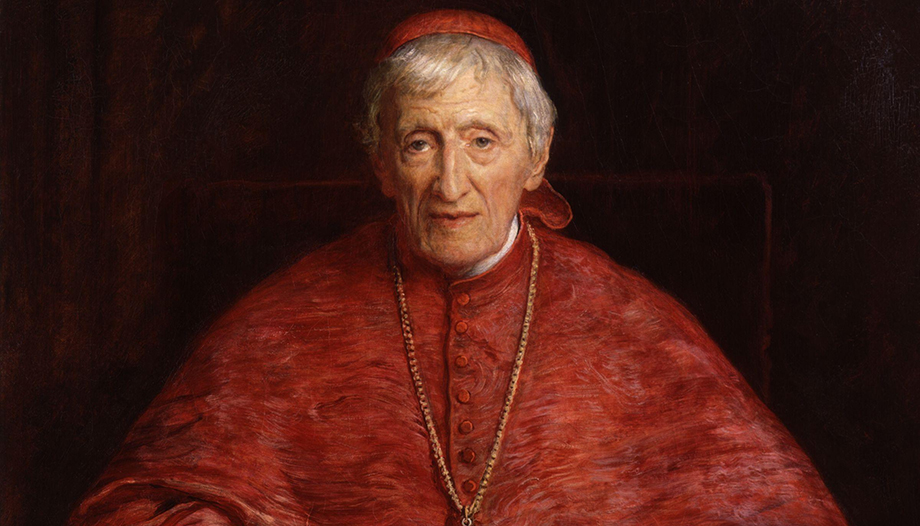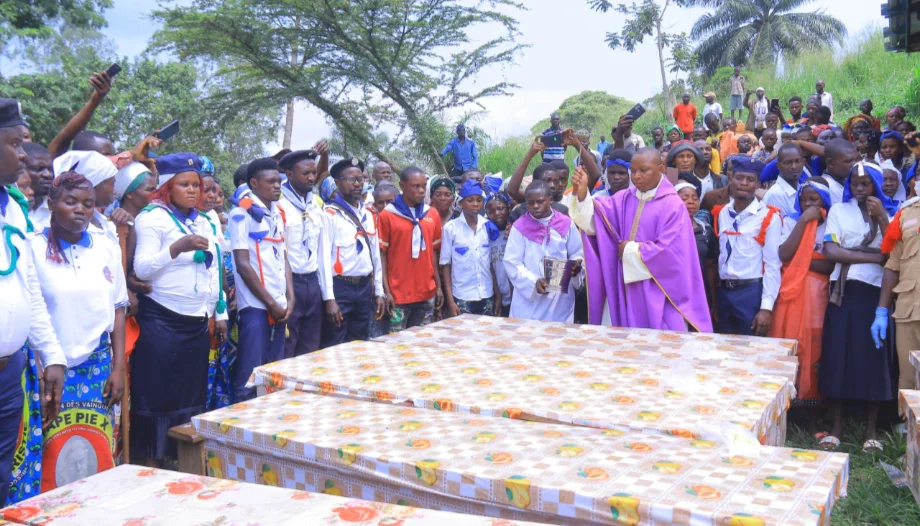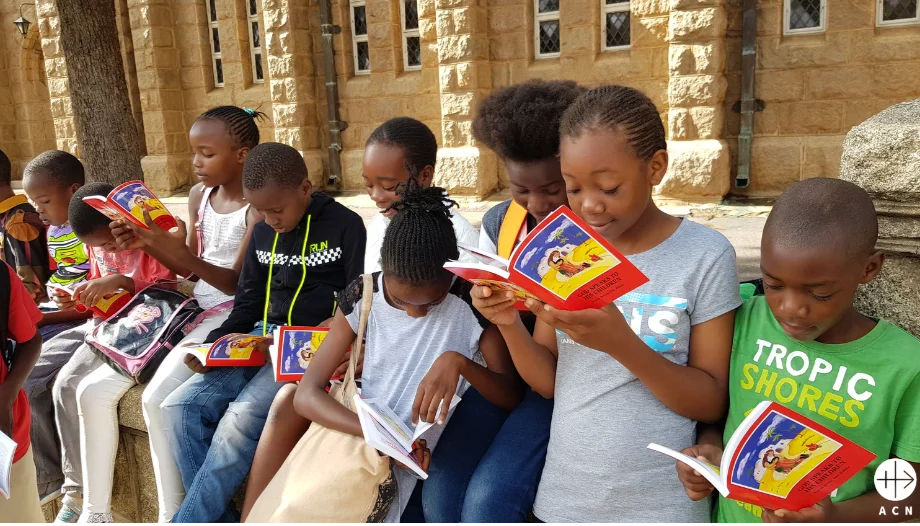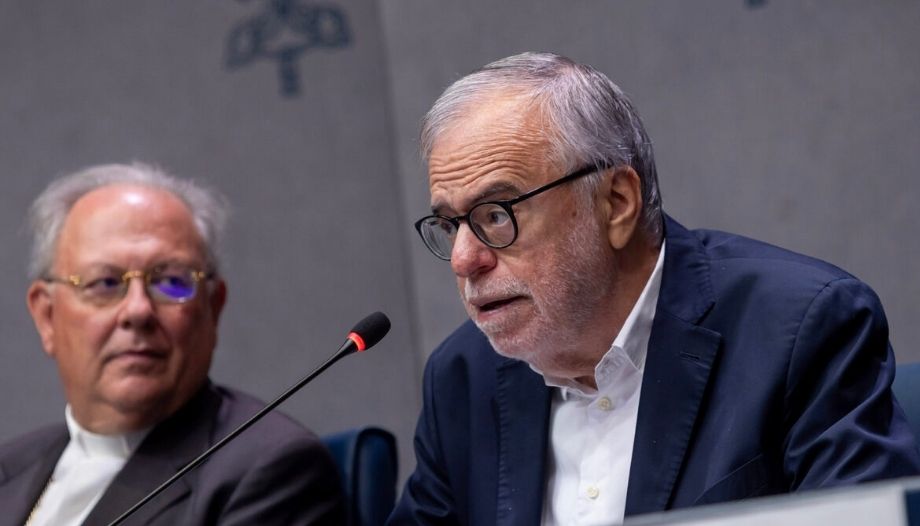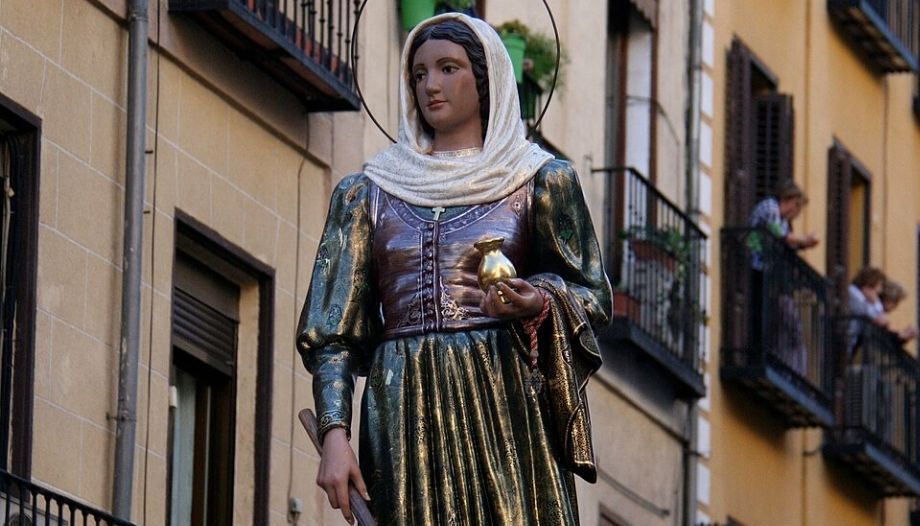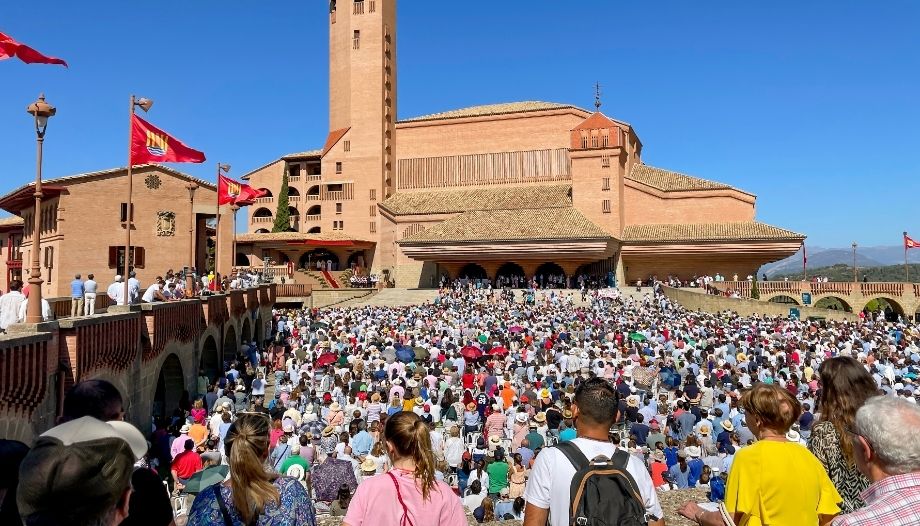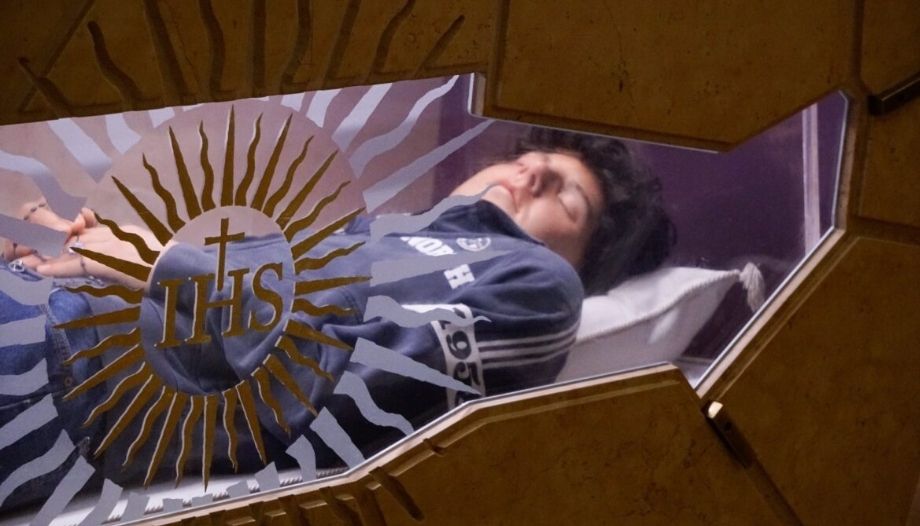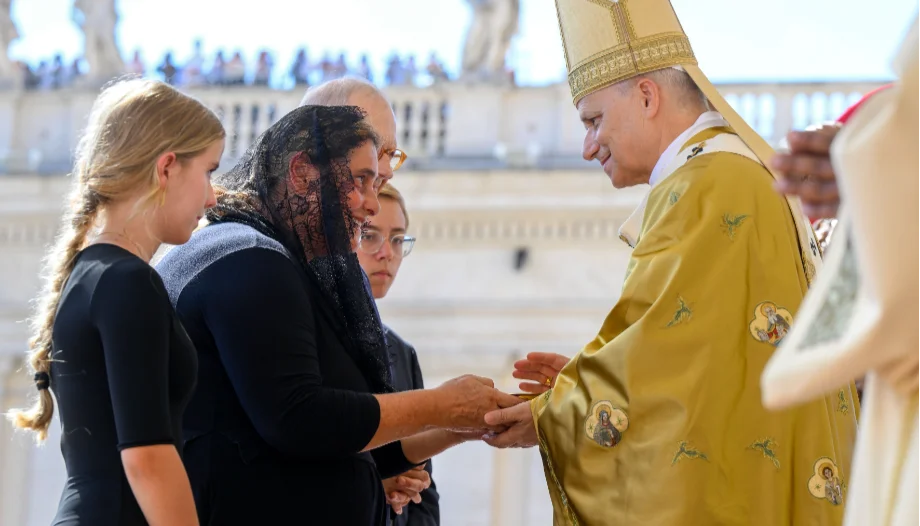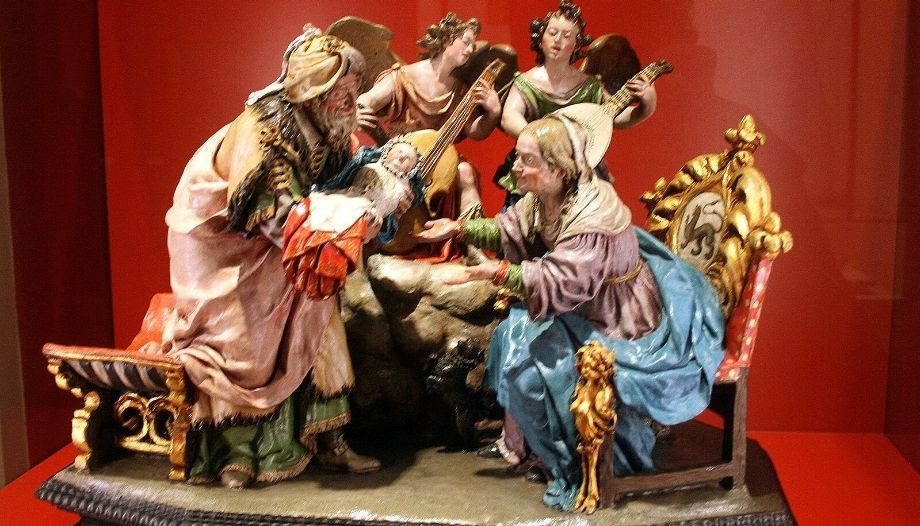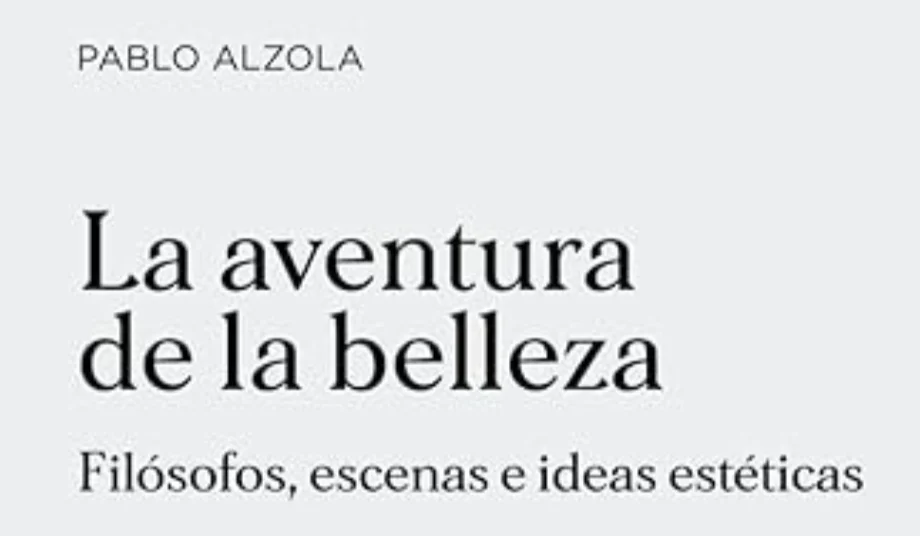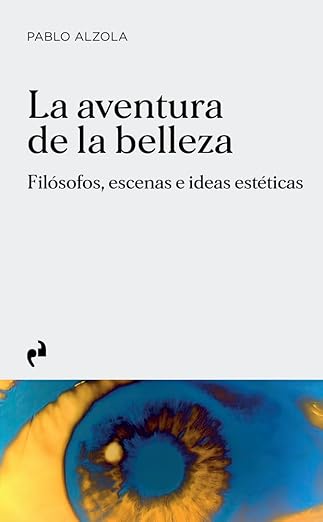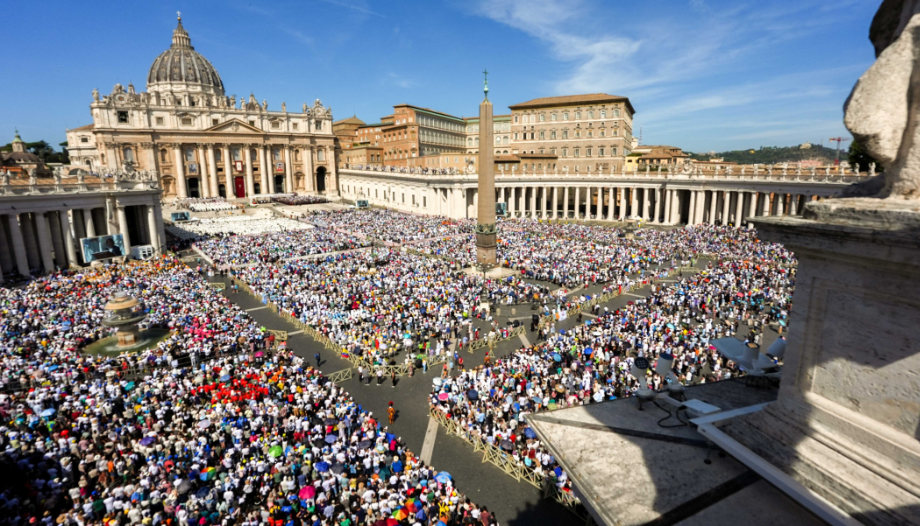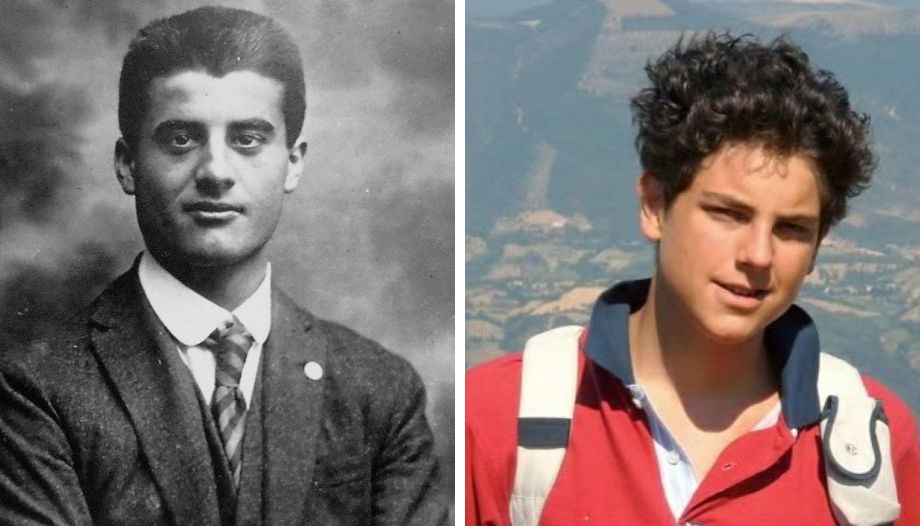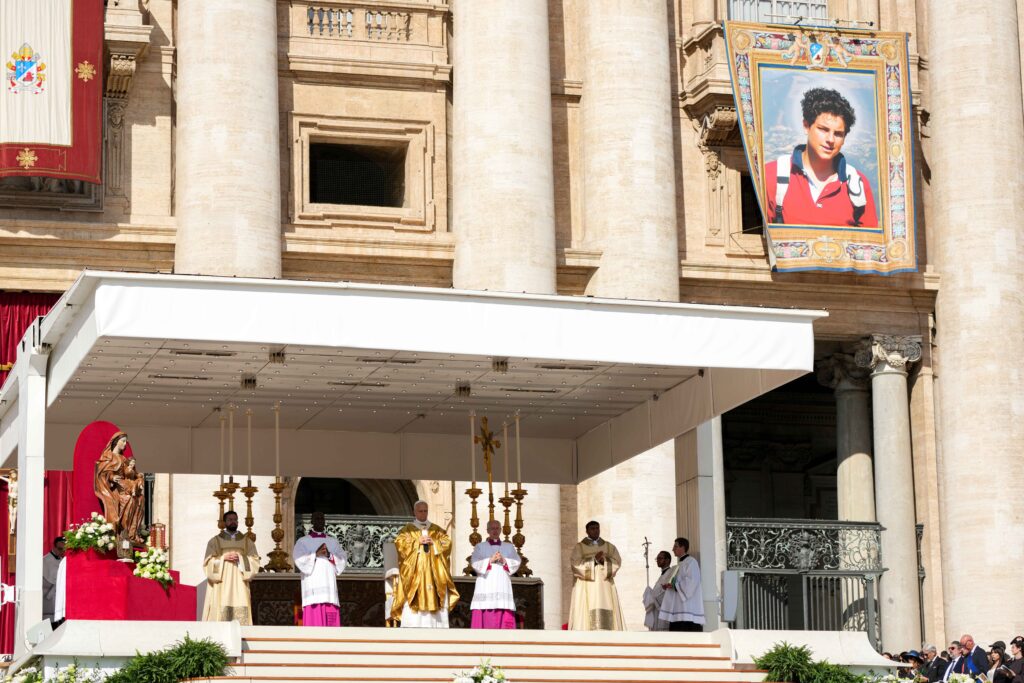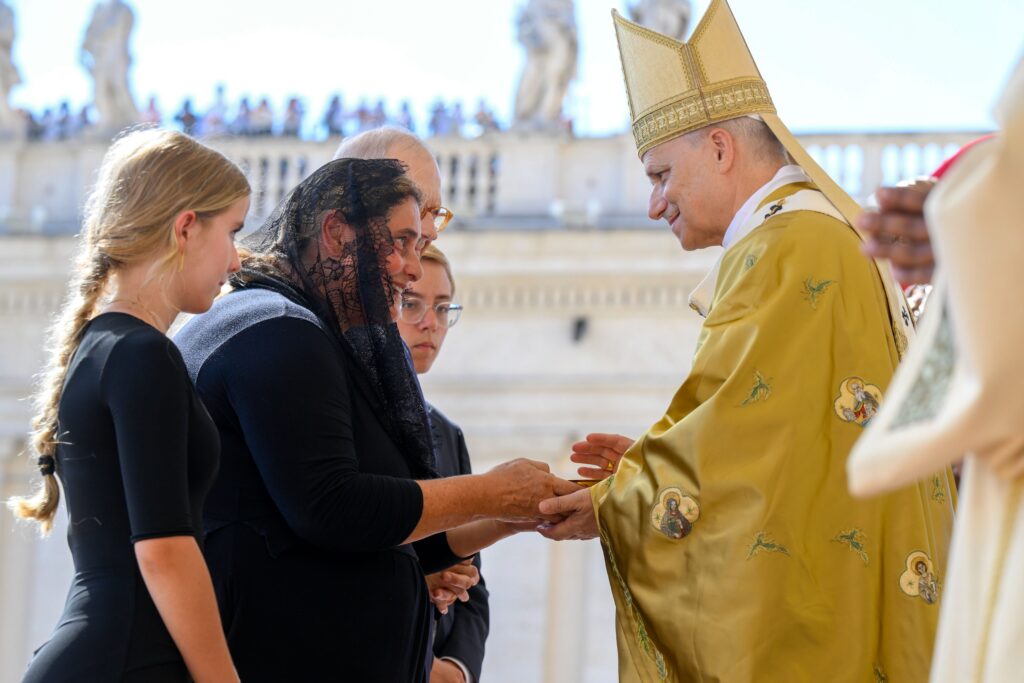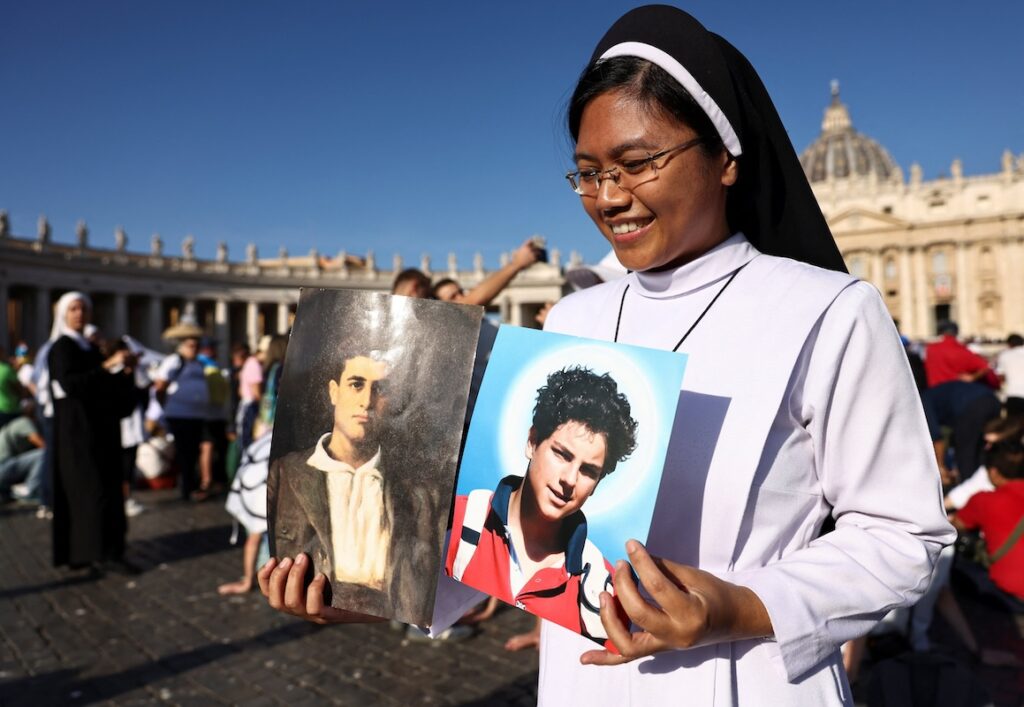The transforming power of a visit to the Blessed Sacrament. This is the theme of the new episode of the Mantita y Fe Podcast, conceived as a practical and spiritual guide to Eucharistic Adoration. On this occasion, Barbara Bustamante talks about the subject with Father Pablo Fernandez-Martos, from the Diocese of Getafe (Spain). For our part, we have selected 10 ideas for praying in Adoration.
The full episode is now available on YouTube and major audio platforms. It is 54' long, and only a few ideas are summarized here.
The authors of this episode of Mantita y Fe Podcast highlight in the presentation of the video, entitled 'How to make a good visit to the Blessed Sacrament', a phrase of the priest Pablo Fernández-Martos. For example, "we do not go to the Blessed Sacrament to show that we are very good, but to recognize that God is very good".
Bustamante, a mother, stresses that the message is "hopeful". "Jesus is always waiting for us, even in the midst of our falls".
The podcast questions are asked by Bárbara Bustamante and the answers are by Pablo Fernández-Martos. The selection of the 10 ideas for prayer, reduced to short pills or non-textual phrases, is personal.
1) "I don't have time."
- We must understand that the devil is not interested in us paying visits to Jesus. A Sometimes we think that this is going to take a long time. But making a visit can last 15 seconds or so, you don't need more, I hope it lasts 15 minutes. If you are in a hurry and you don't have time to stop, when you pass in front of a church where you know that the Blessed Sacrament is, you can make a gesture of adoration....
St. Francis, when he was walking along the roads and saw a church tower, would prostrate himself on the ground and say a prayer that is still said today. Even if you are in a bit of a hurry on the road, if you see a church on the horizon, you can always make a gesture of adoration, a greeting to Jesus who is there.
Then, obviously, you can enter the church when it is open, approach the Tabernacle, prostrate yourself humbly, usually on your knees if your physique allows it, and say a little prayer as one who is going to try to be friends with the one we know loves us (St. Teresa), knowing that he is really present in the tabernacle, with his Body, Blood, Soul and Divinity.
2) What is the prayer of supplication to God?
- The prayer of supplication is not to inform God, but in the end it is like when you open a bag to get something inside, a child who opens the bag to get the candy inside.
It is to dispose the heart to welcome the graces that God wants to give me in my need. It will be the one that is adequate to my need, not the one I ask for. God always answers our prayers, what happens is that he does not always answer what we want.
3) What is the difference between going to Mass and adoring the Blessed Sacrament?
- Let us see. The Eucharist celebrated and communicated is the maximum intimacy that we can have with Christ and with his Church. Because the Church is the Mystical Body of Christ, and therefore when we live intimacy in the Eucharist we do so not only by ourselves. We are not snipers of the faith.
The Church is a community, it is a family, and therefore the Eucharist gathers us as a family, it gathers us as a community. Adoration prepares our heart to be able to live the Eucharist better. It would make no sense for you to go to Eucharistic adoration and not go to Mass.
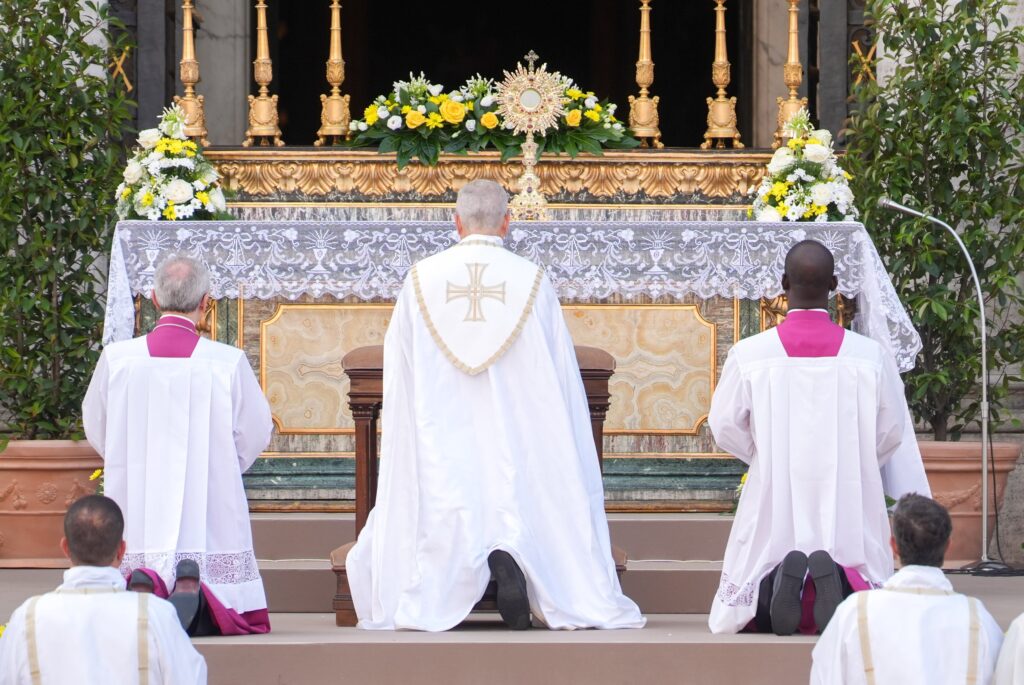
4) Adoration, enlivening love
- The first thing is to go to Mass on Sundays and holy days. Adoration enlivens our love for the Eucharist and prepares our hearts, allowing us to enter more deeply into intimacy with the Lord by being in his presence, and by contemplating with surprise and admiration the presence of the God who wanted to remain close to us, imprisoned in the tabernacle, so that we too can prostrate ourselves, and in this way gain intimacy with the Lord.
This is like when your husband met you and fell in love with you, it was all about preparing you to live your encounter in marriage and live that intimacy. But once you are married, you take care of your relationship, so you don't get married and neglect it. You have to continue to live that preparation that allows for that intimacy, and that is done in Eucharistic visitation and adoration.
5) Can you sing and read?
- You can sing, of course. You can read the Scripture, some passage to meditate on it, try to see what God is saying to you there, in that Word, either because it is the Gospel that is playing that day, or because you open the Scripture at random, or because you are reading a passage of a chapter .
Spiritual reading is very good, it is something virtuous, it is very advisable and it is great to read something pious, something written by a saint, a biography?
Then there is trying to listen interiorly, with that silence that we try to do, what the Lord is saying to me and how he is moving my heart.
6) Eucharistic life
- It usually ends with the Lord's Prayer or Spiritual Communion. Through this spiritual union the Lord pours spiritual graces on our heart preparing our heart to be able to receive communion, because we are already gaining in that intimacy with the Lord in that desire to be with him, in that desire to share with him, that he may be my life, our life.
What a Christian does when he adores the Eucharist or receives communion is that his life becomes Eucharistic. I go to meet Him, but also to approach others, and with a similar attitude, I go to meet my brother, an acquaintance, a relative, a friend. Or in my job, I go to meet Christ in my work, that work well lived, offered to Christ, also prepares my way to be with the Lord.
7) Obstacles. I don't feel anything, I get very distracted.
- Sometimes we get very complicated inside. God is glad that you go and give Him that little while, when you could be doing something else. And even if you are distracted, you are with Him, just like any of us. How many times we like to have our children and family come home, even if they are not doing anything special. Or at home, you sit in that armchair and your husband sits in that other armchair, and you are both there without doing anything special.
It is very important to be in the presence of God, to be aware of where I am, it helps to focus our attention because we are a little scattered. But we have to accept the way we are, the one who has a problem of attention deficit will have it in the chapel or at home, anywhere.
The problem we have with prayer, in my opinion, is that we are very egocentric and selfish. That is to say, we go to adoration to see what I feel. It is as if we say: I am not going to go to the hospital to visit a sick person who is in coma, because he doesn't tell me anything and I get bored.
A lot of the problems we have in prayer come from the fact that I'm going to pray to see what I get, but I'm not at all concerned about how Jesus is doing. And Jesus is glad that I'm there with Him.
8) An example: where has your husband loved you the most?
- I always give this example. Imagine you have a wedding on Saturday. And on Friday you realize that you are missing some shoes for the dress you have for the wedding. You ask your husband if he can take you to the mall at 6:00. He tells you: the Champions League final between Madrid and Barcelona is on, I can't miss the game. I can't go, put on other shoes.
In the end, he goes with you to the mall, and waits patiently for an hour, he's grumpy, but he goes, and you try on and buy the shoes for the wedding and the dance.
The question is where has he loved you more, at the mall angry, or at the wedding dancing (Bárbara Bustamante tells him: at the mall, and Pablo Fernández Martos continues). Clearly. We have to vindicate the "boredom' of knowing how to be with Him.
9) Draw near to the Lord, especially when you are a sinner.
- Especially when you are a sinner. A little one runs into your arms because he was more frightened when he broke something. On the other hand, when we grow up, we hide. With God it is just the opposite. When I have fallen, what I have to do is to take out a Christ, kiss Him, look at Him and tell Him: Lord, from the mud of my sin, I only know that You love me, and that is where the change begins. With the certainty that the love of God is much more important, I approach Eucharistic Adoration to be close to God, who is mercy.
10) The habit of silence
- Silence is opening a space for God to speak. Because we come in from the street with so much noise, with shopping, work, children, family... We don't give him a chance to give us an answer, but sometimes we only go to inform him of what he has to do.
They tell of the priest of Ars who was in the parish, and a peasant who was going to pray in the church came in. The priest asked him what prayer he was praying. The peasant answered: "Look, many times I don't know how to pray. Then I look at him, he looks at me, and we understand each other. We have to ask the Lord for his light to be able to live this, for the strength of the Holy Spirit to be able to be attentive to what the Lord wants to tell me.




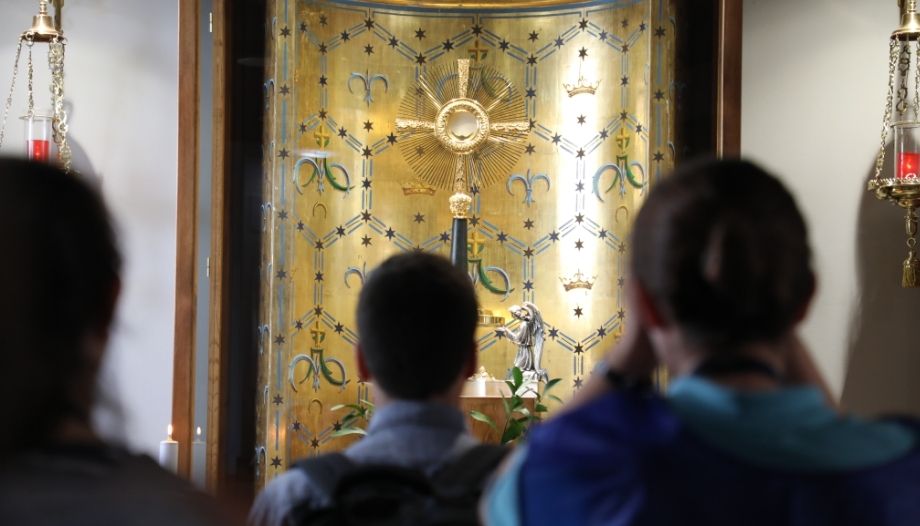
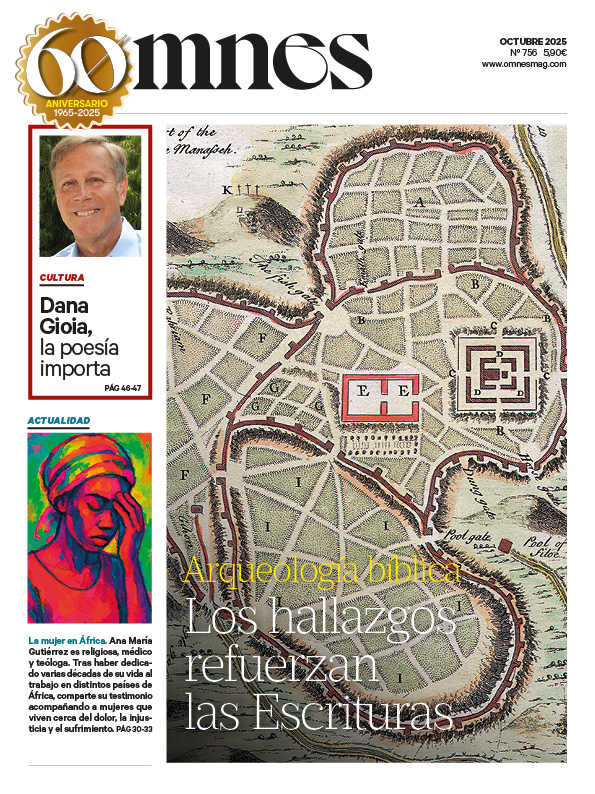


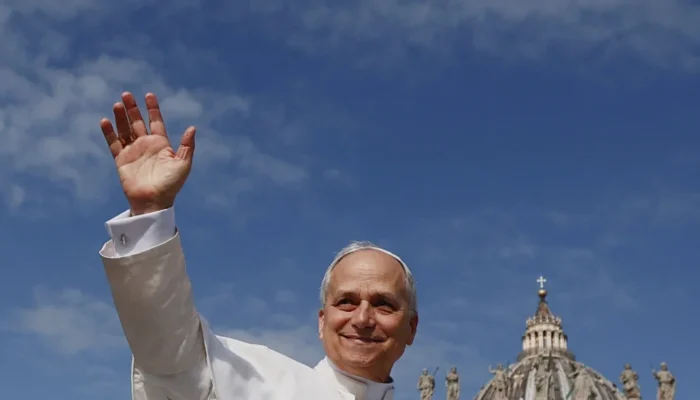
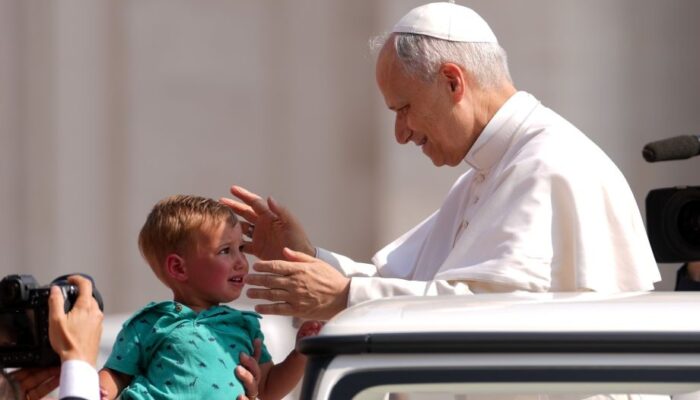
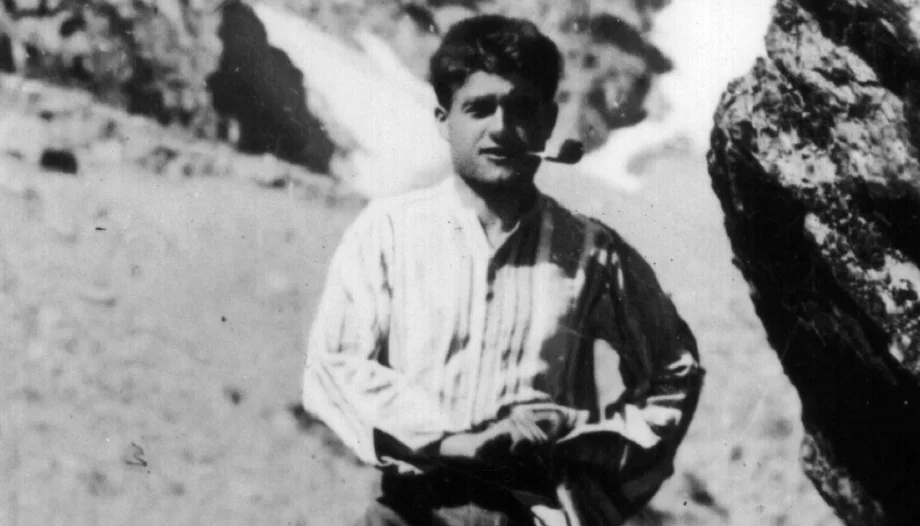
 Blessed Pier Giorgio Frassati: how to "be a saint in the normality of life".
Blessed Pier Giorgio Frassati: how to "be a saint in the normality of life".